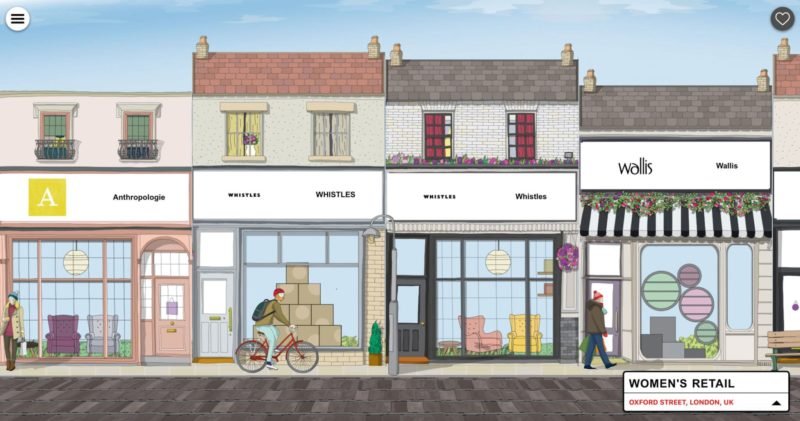Addicted To Health
In contrast to what’s mostly argued about light signs in public space, I truly believe in their attribution to the urban lay-out. Light signs give valuable information when navigating through the city. They simply tell us where it’s nice, busy, and where to drink beer. In fact this is is how we all use them when standing on a crossing in an city you’re unfamiliar with. We unconsciously tend to walk in the direction where light informs us about the activities behind the facades. Light signs mostly promise drinks, music, people and entertainment.

In France and Italy this promise is rather misleading. Lights signs are not the exclusive visual expression of entertaining bars, shops and gambling halls, but are most glaringly used by pharmacies — a function which we can generally consider rather boring. One of the most remarkable element characterizing French and Italian cities is the pervasive presence of the animated green crosses telling us there’s a pharmacy. In fact these signs visually dominate the French and Italian streetscapes. They’re heavy and there are exorbitantly many of them. But they make the street look interesting!
Why should pharmacies make so much visual noise to attract clients? Is it because there are so many of them (one after every 200 meters), which causes a rather heavy competition, or is the visibility of these health services collectively considered important?

A possible answer might come from an Italian professor in urban planning who studied the relation between medicine use and environmental problems at cemeteries. He once told me about Italian grave yards. As medicine use in Italy is among the highest in the world, cemeteries suffer immense pollution problems. All medicines consumed in the last years before passing away go with the body and leave a chemical residue. Even more remarkable are the spatial problems caused by the collective medicine addiction. Bodies are over-conserved and don’t rot because of excessive use of medication. This causes spatial problems on the cemeteries where graves are usually planned to be re-used after a certain period.
What the ancient Egyptians did with their mummies and the Russians did with Lenin, is what modern South Europeans do with themselves, with a little help from the local pharmacy.



